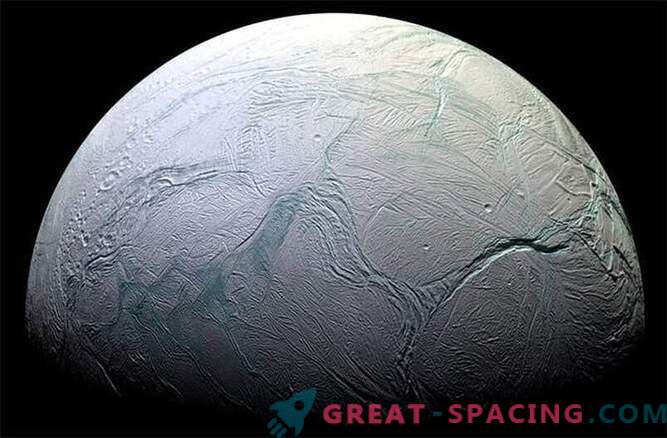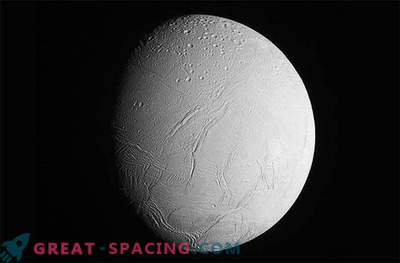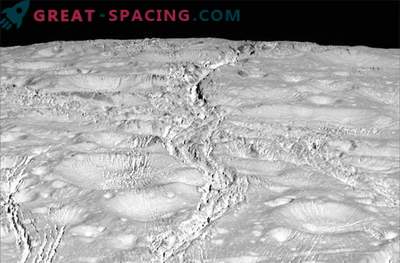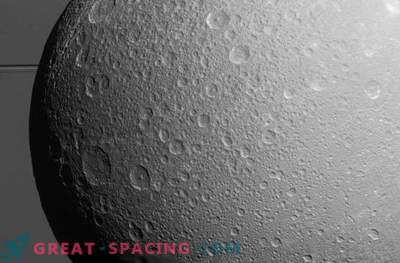
The Cassini interplanetary probe, which has been studying Saturn, its rings and satellites for more than 11 years, will make the final approach to the satellite Enceladus on Saturday, December 19.
One of the main discoveries of the entire Cassini space mission (its end is scheduled for September 2017) was the detection of jets of particles of water ice and steam, which are ejected into space from cracks near the south pole.
According to scientists, the source of the jets is the under-ice ocean on the surface Enceladus, whose water is in contact with the rock of the satellite. Such conditions, at least on Earth, can cause the birth of life.
The Cassini probe will approach Enceladus at 12-49 North American time and will be at a distance of about 5 km from it. Planetary scientists want to use this approach in order to find out how much heat comes out from under the ice cover of the satellite. These studies will help in understanding what is the source of the jet of water and steam. Linda Spilker, an employee of NASA's Spacecraft Observation Laboratory, noted the following: “Understanding the amount of heat that Enceladus provides will allow us to draw conclusions about its geological features.”
Cassini will continue to monitor Enceladus until the end of the mission, but at the same time it will be at least four times farther than during the Saturday approach.
The planned approach will become the 22nd in a row. Before that, the closest one was made in 2008, when Cassini was at a distance of about 25, 6 km from Enceladus.
According to Spiker, Cassini will no longer be so close to Saturn’s satellite, but its results will not be less impressive: the data obtained during the mission opened a new chapter in space exploration and, in particular, , places where new oceans can be discovered.











































